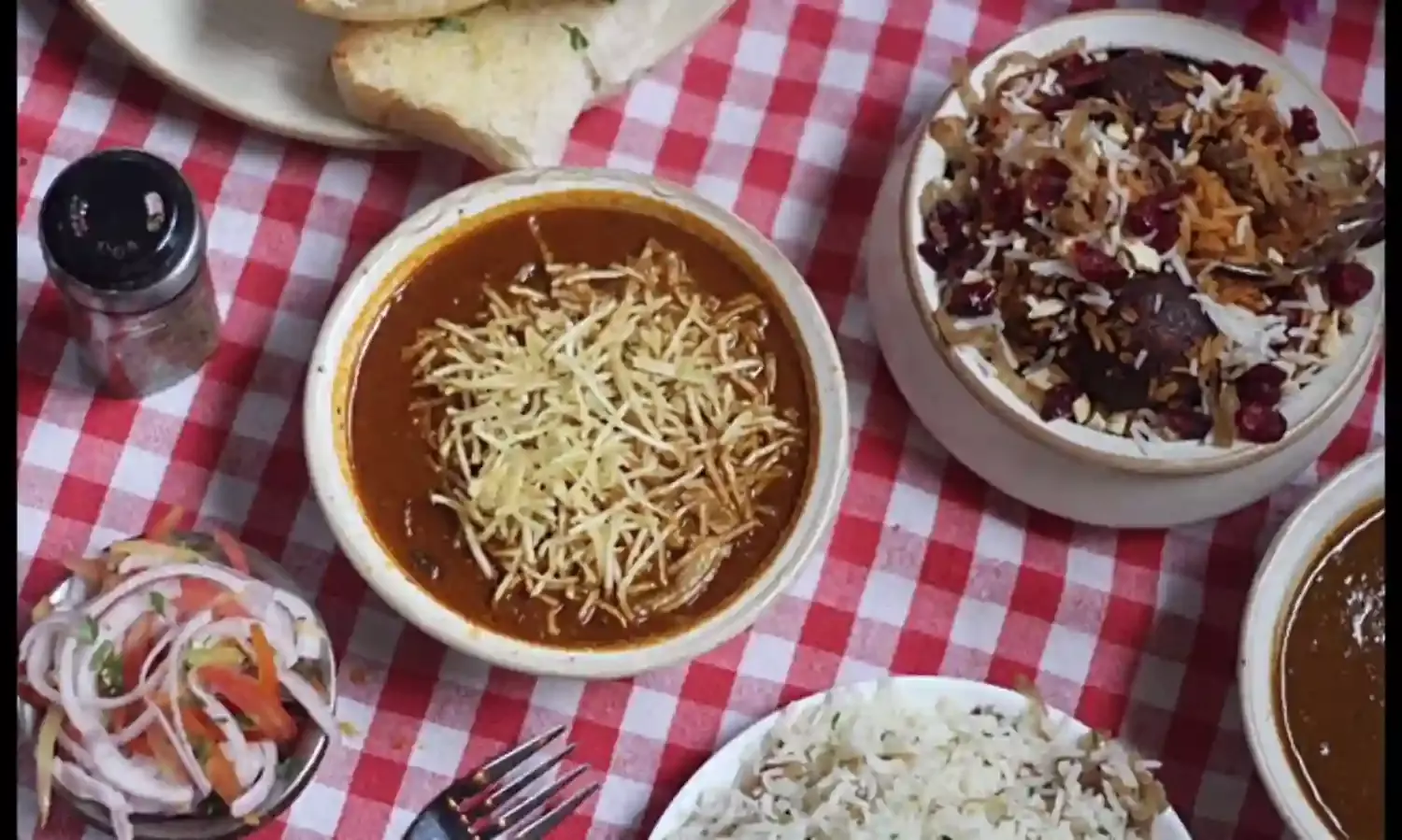What a Feast!
Gastronomic extravaganza of a ‘Lagan nu Bhonu’

If you are in Mumbai and you don’t eat a Parsi meal then believe you me, you have missed out on the most exclusive gastronomic delight the city is known for.
Parsi food has always been a favourite with me since childhood and over the years I have even learnt to cook a fairly decent mutton Dhansak which is finger-licking good, if I may say so myself with pride – but still not as good as my friend Zarine’s. Behind each heart-warming delicacy from the Parsi kitchen, there are many stories including the ways and methods to prepare them. They exude a rich symphony of flavour, texture and spice.
Parsi cuisine is a classic example of synthesis of western Indian cuisines while preserving a unique character. This goes back a few thousand years, much before fusion cooking became a fad among gourmands. As unique as the cuisine is the Parsis’ love for food and good eating. Open-hearted folks, their penchant for good food are deeply rooted in their warm and genial nature.
My all-time favourite Parsi breakfasts are a delight - rich and heavy, with Akuri on toast, the Parsi avatar of egg bhurji, topping the list. All kinds of fish are used in Parsi cooking and Patra ni Machchi is a classic preparation of steaming fish in banana leaves. Dhansak, the most popular of Parsi dishes is handed down from the Iranian Khoreste Esfannaj, a dish cooked with meat, lentils and spinach. Lagan nu Custard is the traditional wedding dish. Much like custard but baked and topped with nuts.
Have you ever been to a Parsi wedding? Then you know that the best part of their weddings is definitely the ‘Lagan nu Bhonu’ filled with the most amazing Parsi delicacies, all served on a banana leaf. And if you’ve never been to a Parsi wedding or have any Parsi friends who will invite you to one, then ladies and gentlemen, please head on to one of the nearest restaurants serving these delicacies.
With Zarine by our side, we were fortunate to gorge on a typical Parsi wedding spread at Jimmy Boy located at the bustling Fort area of Mumbai with its trademark wooden chairs and chequered tablecloth, and music of the 70s and 80s playing in the background. This is a classic cafe giving you a glimpse of the slow, good old life of the city. The ambience is typically that of an old Irani cafe in that part of the city. The Lagan nu Bhonu is of course the star and the meal is incomplete without the Pallonji’s raspberry soda accompanying it.
Typically, a Bhonu begins with lagan nu achar (wedding pickle), paper-thin rotlis (wheat flatbread) and saria or sago wafers. It usually includes all the meats the community is fond of – chicken, mutton, fish and let’s not forget the egg! The feast includes raspberry soda and lagan nu custard, a firm but wobbly egg-and-milk dessert with a whiff of vanilla, baked until blisters appear on the surface. Parsis and their traditional cuisine are inseparable. Ask any Parsi what they enjoy most in life, and food will always figure in the top 3 of their 300+ zesty lists.
So you can expect sweet and sour carrot + dry fruit pickle, thin soft rotis, crispy white long rice wafers, either a Patra ni Machchi (steamed fish with chutney wrapped in banana leaf) or a Saas ni Machchi (fish made in white rice sauce with small tomatoes...very lovely and tangy), either a gravy chicken or fried chicken Farcha, and excellent pulao with Dhansak daal. Dhansak is a signature dish, made in almost every Parsi household each Sunday. Dessert is lagan-nu-custard, to-die-for custard rich in dry fruits and baked to perfection.
‘When in doubt, break an egg on it’. Whoever said this must have been a genius because it gave rise to some of the most iconic dishes to become a part of the Parsi cuisine. Eedu (eggs) are extensively used. Apart from that, meat and potatoes also get featured often with vegetables added to the mix. Caucasian, Gujarati and even flavours of the Middle East have somehow been brought together and presented in this one great culture. There is a greater influence of the Gujarati culture on the Parsi community as it is around the coast of Gujarat that the Parsi community first sought refuge. Using the concept of ‘kharaas’ and ‘mithaas’ from the Gujarati cuisine with the Parsi’s love for their meat, the cross culture that took place gave rise to a very distinct niche.
~ Talk about the Majja ni life ~



